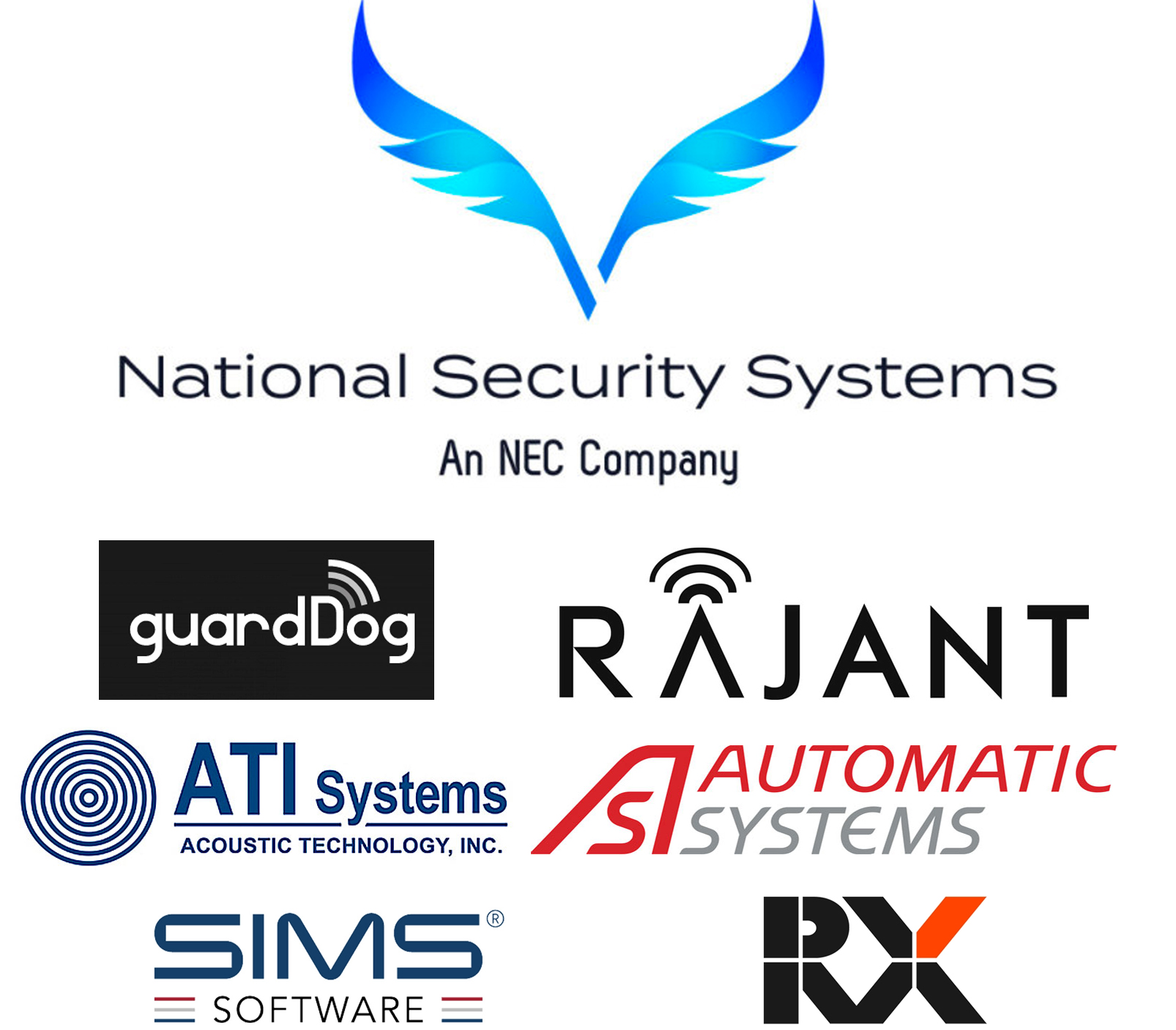
Guest Editorial by Todd Miller, SVP Strategic Programs, Rave Mobile Safety, a Multiple Winner in the 2022 ‘ASTORS’ Homeland Security Awards Program
The 988 suicide and crisis hotline went live on July 16, two years after the U.S. Congress passed the National Suicide Hotline Designation Act of 2020. The launch of the new 988 line is considered a crucial step that will help to provide better mental health support on a national level.
 While this is an incredibly positive step in support of mental health, there is a recognition that many people will continue to dial 911 for mental health emergencies.
While this is an incredibly positive step in support of mental health, there is a recognition that many people will continue to dial 911 for mental health emergencies.
And the opposite is also true—individuals that should be calling 911 for urgent and potentially life-threatening needs may call 988 first.
As a result, public safety personnel will not only need to know how to respond to mental health emergencies, but they will also need to know how to coordinate with their new 988 counterparts.
(A new alternative to 911 was launched in July, specifically for mental health emergencies. The bipartisan law for the 988 hotlines was passed in 2020, but more than half of the states have not enacted legislation to fund the line. In South Carolina, the state went from having four to now one call center where they receive around 80 to 100 calls a day. Courtesy of NBC and YouTube. Posted on Jun 6, 2022.)
Fortunately, communities across the country are taking steps to respond more effectively to mental health emergencies, regardless of whether calls come through 988 or 911.
Community leaders are implementing tools and systems that streamline response efforts and ensure proper care for those experiencing mental health emergencies.
Continuing along this path is paramount if we are to transform our mental health care system and meet our communities’ needs going forward.
The launch of 988 was long overdue. The National Association of Mental Illness (NAMI) reports that one in five U.S. adults will experience a mental health illness at some point, and that one in 20 people will experience a serious mental illness.
Given the prevalence of mental health challenges in the U.S., it has become abundantly clear that we need a more comprehensive and standardized solution.
(Learn More about the “988” new mental health crisis hotline. Erica Turner, who runs the Maryland call center, says she’s seen a 30% increase in people requesting help since the new three-digit number launched. Also hear from Miriam Delphin-Rittmon, Assistant Secretary for Mental Health and Substance Use. Courtesy of WFAA and YouTube. Posted on Sep 20, 2022.)
How does the 988 hotline work?
988 has a number of differences from its “cousin,” 911. While offering 24/7 availability to anyone experiencing or witnessing a mental health emergency is like 911’s 24/7 staffing, that is where many of the similarities end.
988 landline calls will be routed to local/state call centers staffed by counselors and individuals trained in collaboration with the National Suicide Prevention Lifeline. They will take mental health calls, address the immediate needs of callers, and help facilitate ongoing mental health care.
Mobile calls, however, are treated differently.

Unlike 911 where mobile calls are routed based on the location of the call itself, 988 calls will be routed via the mobile phone’s area code.
That means someone with a Boston area code, calling 988 from California, will likely reach someone in Massachusetts, and not closer to them in California.
While the location is often not critical for 988 calls, there remains an important percentage of calls that require escalation to local first responder agencies that can help prevent harm to the caller and others.
This is where the location of the caller can be so critical.
As public safety and mental health responses evolve and improve, the use of technology will greatly reduce the existing gaps and allow communities to provide both an appropriate and comprehensive response.
In the past, individuals and families could turn to several places for mental health support – the National Suicide Prevention Lifeline, Veterans Crisis Line, or different local support systems.
But mental health experts recognized that there was a need for more consolidated efforts.
To explore the potential for a countrywide resource like 988, Congress passed the National Suicide Hotline Improvement Act and mandated the Federal Communications Commission (FCC) to complete an investigative report.
That report was published in 2019 based on the collective efforts of several organizations but shortly thereafter, COVID-19 began. The pandemic motivated Congress to take action and pass legislation formalizing the creation of the 988 hotline.
(Since its launch last July, the nationwide 988 hotline for people experiencing a mental health crisis has received more than 2 million calls, texts and chats. The launch got a boost from the federal government, with future funding expected to come from states — but only 16 states have plans in place so far. Ohio state Rep. Gail Pavliga joins John Yang to discuss funding efforts in her state. Courtesy of PBS NewsHour and YouTube. Posted on Jan 28, 2023.)
How are states and local agencies adapting?
Since the bill’s passing, states have differed in their approach to implement 988 at scale. Places like Colorado, Nevada, and Washington found funding channels and began setting up suicide prevention call centers and crisis response teams immediately, while others have taken a slower approach to legislation and infrastructure.
Nonetheless, all states still say they have a long way to go, conducting internal studies to fully grasp what their state needs to do to fully scale their mental health crisis care continuum.
Consequently, 988 implementations varied widely across the board at the outset, and that disparity continues today.
Beyond the initial implementation challenges, there have been mental health experts who have cited concerns about mental health crises fitting into the broader emergency management lifecycle. Some public safety teams are also worried about interoperability and general public awareness.
Authorities still need to figure out details such as:
-
What incident information should be transferred between 988 and 911?
-
How to direct community members on the right use of both phone numbers?
-
And how responders should organize efforts involving multiple emergencies or situations involving both physical and mental concerns?
Fortunately, there are steps leaders can take today to begin resolving some of these issues.
How can we make 988 more effective?
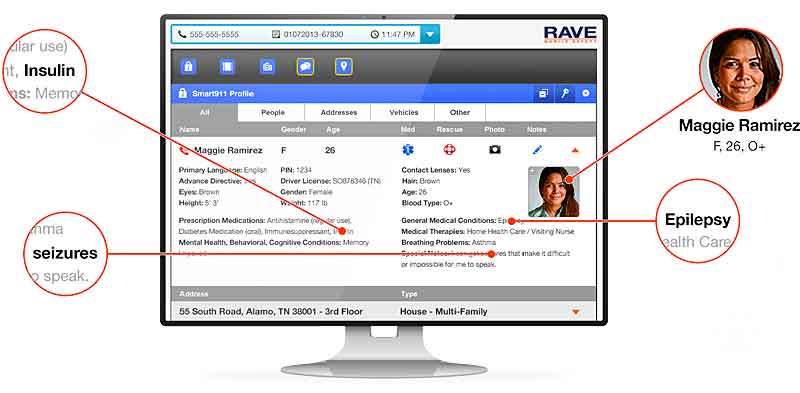
shorten response times, and save lives.
One area of opportunity lies in how information about callers gets shared amongst emergency response teams and dispatchers. Voluntary details related to an individual’s medical, mental, and behavioral health conditions are extremely helpful to those taking calls or anyone addressing mental health crises.
Tools such as Smart911, a free national service, capture addresses, medical information, advanced mental health directives, home information, vehicle details, and emergency contacts before an emergency takes place.
(Learn more about Smart911, powered by Rave, which provides 9-1-1 teams, first responders, and emergency managers powerful capabilities for handling, dispatching, and responding to emergencies more efficiently and effectively. Courtesy of Rave Mobile Safety, a Motorola Solutions Company, and YouTube.)
This critical data automatically shows up onscreen when an emergency call comes in and greatly helps 911 call takers and first responders with situational awareness. Modern information-sharing solutions like Smart911 have been embraced by the City of Chicago and many other jurisdictions around the country and could also be leveraged by 988.
It is also important for first responders and mental health crisis intervention teams to be able to share information in real-time. Just like with 911 calls, 988 calls may require intervention.
In these situations, real-time information-sharing between remote response teams is paramount. As states and local agencies continue to build 988 infrastructure, they must account for this capability, just as the city of Charleston, South Carolina has.
The key to 988 success will be replicating the capabilities and successful programs that exist in places like Chicago and Charleston. The good news is that the technology to strengthen our 988 capabilities exist already.
It is now up to officials to invest in available technologies, new infrastructure, and the agency support that is necessary when it comes to delivering comprehensive mental health care to those in crisis.
About the Author

Todd Miller serves as the Senior Vice President of Strategic Programs at Rave.
Prior to joining Rave, Todd managed the self-service consulting Practice at Oracle where he was responsible for the delivery of customized software solutions for clients in North America, supporting millions of users, where he was awarded recognition as a member of Oracle’s top 10% in Consulting.
Todd’s previous experience includes leading consulting teams for Siebel and eDOCS in North America, Europe, and Australia.
Rave Mobile Safety is a leading provider of critical communication and collaboration technology used to save lives, manage crisis incidents, increase resiliency, and help with everyday emergencies and operational efficiencies, by enabling critical data sharing, mass notification and emergency response coordination.
(Learn why thousands of first responders, emergency managers, 9-1-1, and federal, state and local agencies – as well as schools, universities, hospitals, and businesses – all rely on Rave. Courtesy of Rave Mobile Safety, a Motorola Solutions Company, and YouTube.)
Rave has become the trusted communication and collaboration partner for 10,000 customers worldwide, thousands of K-12 schools in the U.S., more than 75% of the nation’s higher education student population, a growing number of corporate and healthcare facilities.
Founded in 2004, Rave is also a trusted partner with the cities of Chicago and New Orleans; Suffolk County, NY, and the states of California, Arkansas, Delaware, Hawaii, Florida, Louisiana, New Mexico, North Carolina, and Oklahoma.
Founded in 2004, Rave enables you to Do all you can today® to keep everyone safe.
To Learn More, please visit Rave Mobile Safety.
Rave Mobile Safety Recognized with Multi-Awards in Sixth ASTORS’ Awards Programs

American Security Today’s Annual ‘ASTORS’ Awards is the preeminent U.S. Homeland Security Awards Program, and now entering it’s Eighth Year, continues to recognize industry leaders of Physical and Border Security, Cybersecurity, Emergency Preparedness – Management and Response, Law Enforcement, First Responders, as well as federal, state and municipal government agencies in the acknowledgment of their outstanding efforts to Keep our Nation Secure.
Rave Mobile Safety (First of Two)
 Best Incident Response System
Best Incident Response System
-
Rave Aware
-
As the nature of active assailant incidents become more complex, it’s become abundantly clear that a holistic approach is an essential part of emergency management and hazard response.
-
A recent survey by Rave Mobile Safety has confirmed that emergency personnel would like better interoperability regarding crisis communications.

-
However, sharing incident data isn’t easily remedied with updates and new technology, as some towns and jurisdictions operate with older systems that cannot integrate with today’s innovative solutions.
-
This is why having a one-stop solution that can communicate across disparate technologies, departments, and jurisdictions is essential for safety, and many officials are starting to realize the importance of data integration. By prioritizing collaboration, with a tool like Rave Aware, responding parties will be able to share emergency data across agencies, software, and borders.
-
Rave Aware is a secure cloud-based data aggregation platform that allows agencies to publish live, real-time CAD data in their preferred format for rules-based processing, notifications, and permission-based cross-party sharing, and gives dispatchers, first responders, and other emergency services personnel the situational awareness and information they need to respond quickly and cohesively to critical incidents.
-
The Rave Aware is built to function like a hub-and-spoke, facilitating and integrating different CAD systems, workflows, and software into a unified platform for emergency response, and allows different authorities to share life-saving information and cohesively participate in a unified response effort.
-
Rave Aware helps protect callers, responders, and their communities by reducing the time required to respond to events and better coordinating public safety’s response to 9-1-1 calls. The tool is also highly cost-effective so that even the most budget-strained agencies can improve their proactive and response strategies.
(Learn how to use Rave Aware and the Rave Platform to make comprehensive data-driven decisions thanks to situational awareness and real-time data sharing. Courtesy of Rave Mobile Safety and Vimeo.)
-
Rave Aware offers web-connected incident mapping, real-time data searching, secure data sharing between agencies, CJIS-compliant cloud tools, and task management for improved collaboration. Users of the tool cite the value it delivers on streamlined communications.
-
Rave Aware helps communities seamlessly collaborate on critical communications and emergency response when every second counts and lives are on the line.
Rave Mobile Safety (Second of Two)
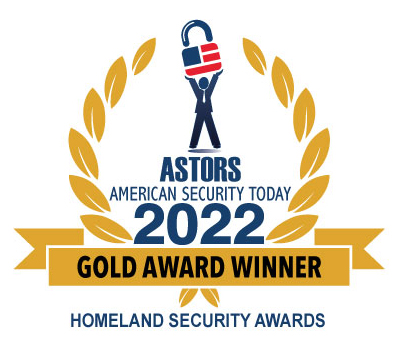 Best Mobile Technology Product
Best Mobile Technology Product
-
Rave Panic Button
-
The U.S. has experienced more than 2,032 school shootings since 1970, and these numbers are increasing.
-
Alarmingly, over 948 school shootings have taken place since the tragedy at Sandy Hook Elementary School in December 2012. With these events, unfortunately, becoming more common, public safety officials and school administrators must be prepared to respond immediately in the event of an emergency.
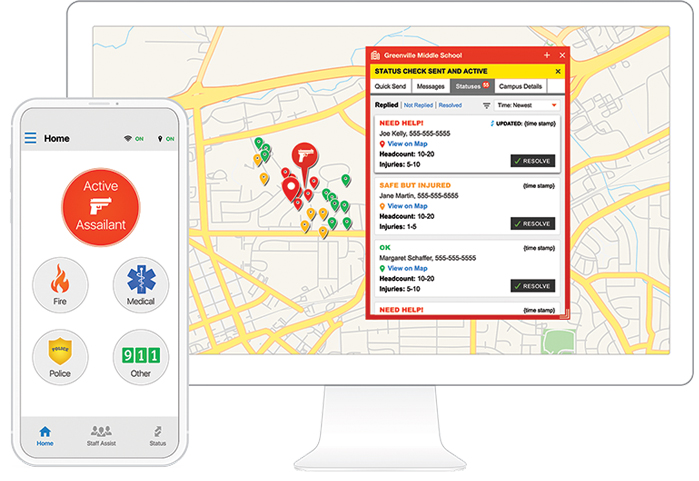
Instantly communicates emergencies to 9-1-1, on-site personnel and first responders for an integrated and immediate response.
-
In the wake of Sandy Hook, Rave Mobile Safety worked with law enforcement and school safety officials to develop Rave Panic Button, and today it is the most widely used and trusted school safety app across the country, with implementations being used in nearly 50 states.
-
When one of the buttons is pushed, 9-1-1 center dispatchers and first responders can view detailed caller locations, floor plans, entrance and exit locations, emergency contacts, and key procedures for a more coordinated and cohesive response, for a level of situational awareness that is paramount during adverse events.
-
Additionally, Rave Panic Button can help designated school personnel respond to the emergency while waiting for first responders to arrive. For example, if someone needed CPR and the panic button was activated, a school nurse would be notified via an alert and could reach the student and begin medical response while waiting for paramedics to arrive – significantly improving the chances for a better outcome.
(Learn how the Rave Panic Button can enhance collaboration with 9-1-1, first responders, and authorized personnel for emergency planning and panic button drills. Courtesy of Rave Mobile Safety and Vimeo.)
-
Rave Panic Button brings immense value to communities across the country, and saves precious critical response time, protecting students, teachers, and first responders by getting the right resources to an emergency at the right time.
-
*Rave Mobile Safety has also been recognized as a Multi-‘ASTORS’ Awards Champion, having secured multiple Wins in the 2021, 2020, 2019, 2018, and 2017 ‘ASTORS’ Homeland Security Awards Programs, respectively.
The continually evolving ‘ASTORS’ Awards Program will highlight the trail of Accomplished Women in Leadership in 2023 and the Significance and Positive Impact of Advancing Diversity and Inclusion in our Next Generation of Government and Industry Leaders. #MentorshipMatters
So be on the lookout for exciting upcoming announcements of Speakers, Presenters, Book Signing Opportunities, and Attendees at the 2023 ‘ASTORS’ Awards Presentation Luncheon in November of 2023 in New York City!
Nominations are currently being accepted for the 2023 ‘ASTORS’ Homeland Security Awards at https://americansecuritytoday.com/ast-awards/.
Comprehensive List of Categories Include:
| Access Control/ Identification | Personal/Protective Equipment | Law Enforcement Counter Terrorism |
| Perimeter Barrier/ Deterrent System | Interagency Interdiction Operation | Cloud Computing/Storage Solution |
| Facial/IRIS Recognition | Body Worn Video Product | Cyber Security |
| Video Surveillance/VMS | Mobile Technology | Anti-Malware |
| Audio Analytics | Disaster Preparedness | ID Management |
| Thermal/Infrared Camera | Mass Notification System | Fire & Safety |
| Metal/Weapon Detection | Rescue Operations | Critical Infrastructure |
| License Plate Recognition | Detection Products | COVID Innovations |
| Workforce Management | Government Security Programs | And Many Others to Choose From! |
Don’t see a Direct Hit for your Product, Agency or Organization?
Submit your category recommendation for consideration to Michael Madsen, AST Publisher, at: mmadsen@americansecuritytoday.com.
Homeland Security remains at the forefront of our national conversation as we experience an immigration crisis along our southern border and crime rates that are dramatically higher than before the Pandemic across the United States.

These challenges have become a national priority with an influx of investments in innovative new technologies and systems.
Enter American Security Today, the #1 publication and media platform in the Government Security and Homeland Security fields, with a circulation of over 75,000 readers and many tens of thousands more who visit our AST website at www.americansecuritytoday.com each month.
The pinnacle of the Annual ‘ASTORS’ Awards Program is the Annual ‘ASTORS’ Awards Ceremony Luncheon Banquet, an exclusive, full-course plated meal event, in the heart of New York City.

The 2022 exclusive sold-out ‘ASTORS’ luncheon featured representatives of law enforcement, public safety, and industry leaders who came together to honor the selfless service of those who stand on the front lines and those who stand beside them – providing the capabilities and technologies to create a safer world for generations to come.
Last year marked the 20th anniversary of the Department of Homeland Security (DHS), which came out in force to discuss comprehensive collaborations between private and public sectors that have led to the development of intelligence and technologies which serve to protect our nation.
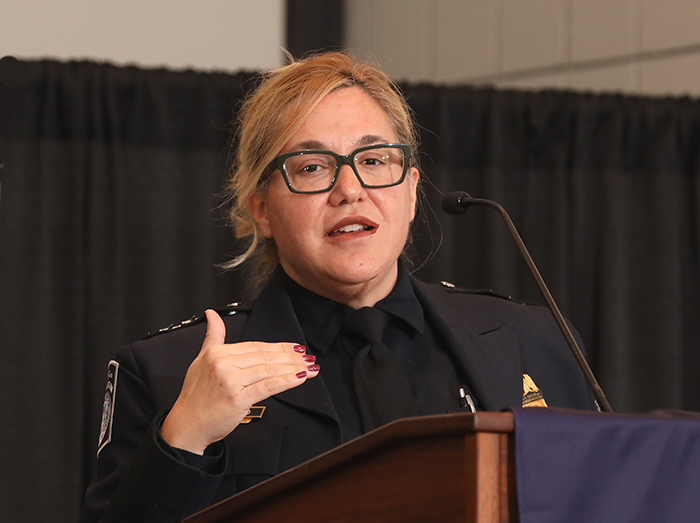
The keynote address was provided by U.S. Customs and Border Protection (CBP) Office of Field Operations (OFO) Deputy Executive Assistant Commissioner (DEAC) Diane Sabatino, who described the changes to CBP through the tragedy of 9/11 and the relentless commitment to its mission and ongoing investment in the latest technologies and innovations to protect our borders and Homeland.
The resounding theme of the DEAC’s remarks was her pride in the women and men of the CBP and their families who support them.
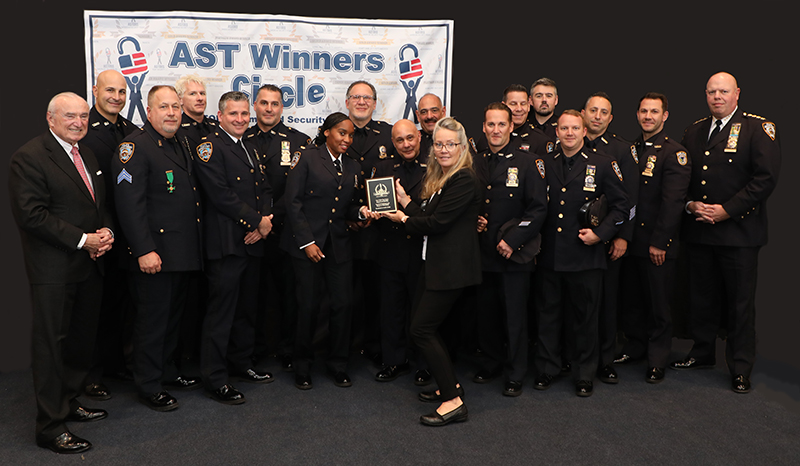
AST was also joined by Legendary Police Commissioner William Bratton, who spoke about his love for the City of New York, the Profession of law enforcement to which he has dedicated his life, and for which he continues to drive thought leadership and innovation.
New York City Police Department (NYPD) Chief of Department Kenneth Corey, came out to address Luncheon attendees and shared some of his experiences and the changes in policing he’s witnessed over his more than three decades of service.

FDNY Chief Joseph Jardin honored the men and women of the FDNY, not only those who currently serve but all of those who have selflessly served, with special recognition of those lost on 9/11.
Chief Jardin spoke about the continuing health battle of many following 9/11 with cancer and respiratory disease, yet now knowing the full consequences, would not have made a different decision to respond.
As Chief Jardin noted, mission-driven service is the lifeblood of every firefighter, volunteer, and sworn member, and has been so throughout the history of the Fire Service.
Former head of the FBI’s active shooter program, Katherine Schweit joined AST to sign complimentary copies of her book, ‘STOP THE KILLING: How to End the Mass Shooting Crisis,’ thanks to the generosity of our 2022 ‘ASTORS’ Awards Sponsors.
The 2022 ‘ASTORS’ Awards Program was Proudly Sponsored by NEC National Security Systems (NSS), ATI Systems, Automatic Systems of America, guardDog AI, Fortior Solutions, IPVideo Corporation, Rajant Corporation, RX Global, and SIMS Software!
We were pleased to welcome the esteemed New York City Fire Department (FDNY); the New York City Police Department (NYPD); and the NYC Hospital Police, as well as Executive Management from the U.S. Cybersecurity and Infrastructure Security Agency (CISA), and many other DHS agencies, Federal law enforcement agencies, and private/public partnerships such as the National Association of Women Law Enforcement Executives (NAWLEE), the 30×30 Initiative, a coalition of professionals advancing the representation of women in policing; and Operation Lifesaver, Inc. (OLI) (rail safety advocates).
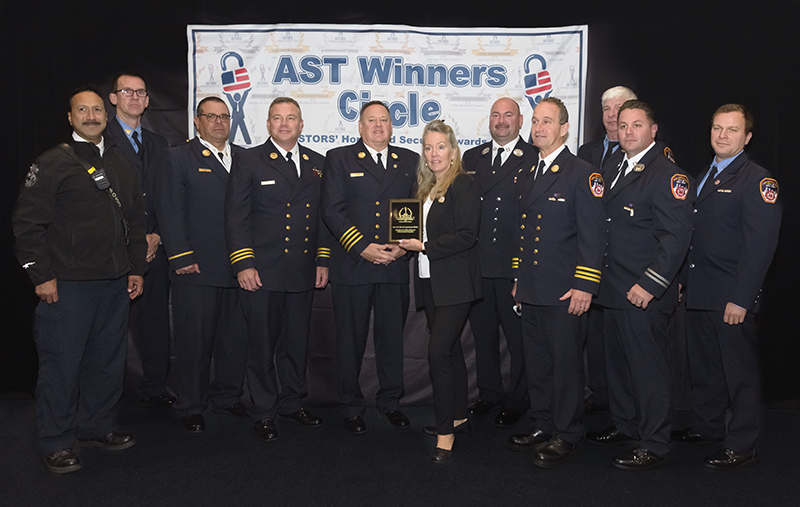
The prestigious Annual ‘ASTORS’ Homeland Security Awards Program highlights the most cutting-edge and forward-thinking security solutions coming onto the market today, to ensure our readers have the information they need to stay ahead of the competition and keep our Nation safe – one facility, street, and city at a time.
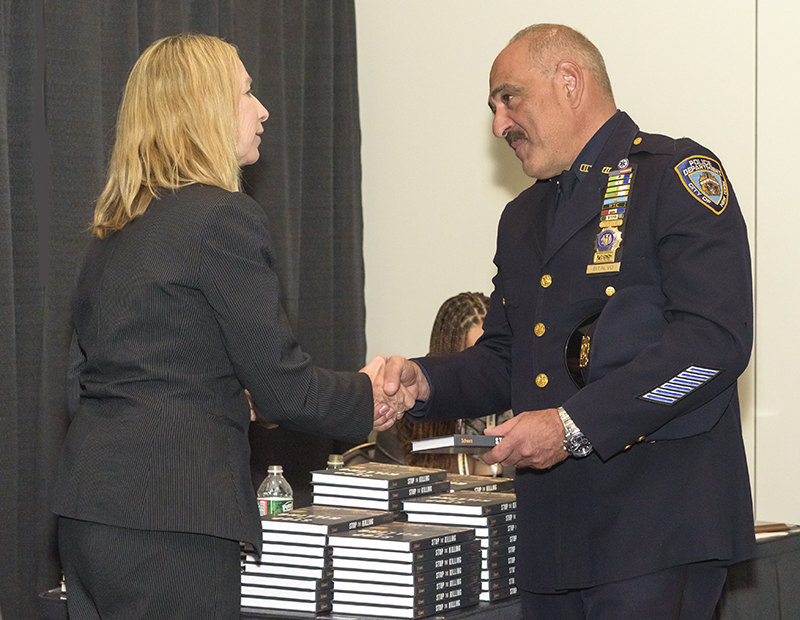
In 2022 over 240 distinguished guests representing Federal, State, and Local Governments, and Industry Leading Corporate Firms gathered from across North America, Europe, and the Middle East to be honored among their peers in their respective fields.
Each year, to keep our communities safe and secure, security dealers, installers, integrators, and consultants, along with corporate, government, and law enforcement/first responder practitioners, convene in New York City to network, learn and evaluate the latest technologies and solutions from premier exhibiting brands at ISC East, the Natural Disaster & Emergency Management Expo (NDEM EXPO), and the ASIS NYC Expo.
ISC East is the Northeast’s leading security & public safety event, hosted in collaboration with sponsor Security Industry Association (SIA) and in partnership with ASIS NYC.

 Corporate firms, the majority of which return year to year to build upon their Legacy of Wins, include:
Corporate firms, the majority of which return year to year to build upon their Legacy of Wins, include:
Advanced Detection Technologies, AMAROK, ATI Systems, Axis Communications, Automatic Systems, BriefCam, Canon U.S.A., Cellbusters, CornellCookson, CyberArk Fortior Solutions, guardDog.ai, Hanwha Techwin of America, High Rise Escape Systems, IPVideo Corporation, Konica Minolta Business Solutions, NEC National Security Systems, NICE Public Safety, OnSolve, PureTech Systems, Quantum Corporation, Rave Mobile Safety, Regroup Mass Notification, Robotic Assistance Devices, Rajant Corporation, SafeLogic, Select Engineering Services LLC, Singlewire Software, SolarWinds Worldwide, Teledyne FLIR, Valor Systems, and West Virginia American Access Control Systems, just to name a few!
Why American Security Today?
The traditional security marketplace has long been covered by a host of publications putting forward the old-school basics to what is Today – a fast-changing security landscape.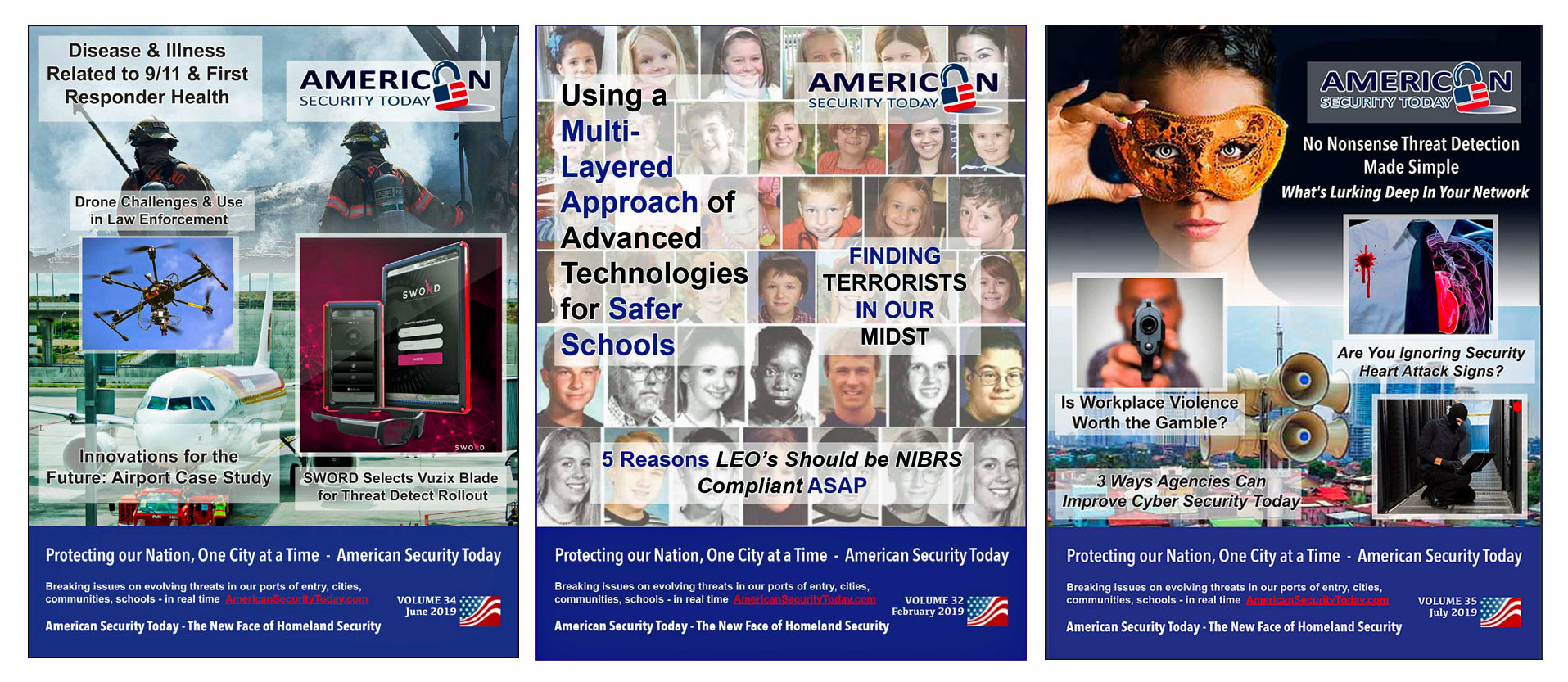
American Security Today is uniquely focused on the broader Homeland Security & Public Safety marketplace with over 75,000 readers at the Federal, State, and local levels of government as well as firms allied to the government.
American Security Today brings forward a fresh compelling look and read with our customized digital publications that hold readers’ eyes throughout the story with cutting-edge editorial that provides solutions to their challenges.
Harness the Power of the Web – with our 100% Mobile Friendly Publications

AST Digital Publications are distributed to over 75,000 qualified government and homeland security professionals, in federal, state, local, and private security sectors.
‘PROTECTING OUR NATION, ONE CITY AT A TIME’
AST Reaches both Private & Public Experts, essential to meeting these new challenges.
Today’s new generation of public safety and security experts need real-time knowledge to deal with domestic and international terrorism, lone wolf attacks, unprecedented urban violence, shifts in society, culture, and media bias – making it increasingly difficult for Homeland Security, Law Enforcement, First Responders, Military and Private Security Professionals to implement coordinated security measures to ensure national security and improve public safety.
These experts are from Government at the federal, state, and local levels as well as from private firms allied to the government.
AST provides a full plate of topics in our AST Monthly Magazine Editions, AST Website, and AST Daily News Alerts, covering 23 Vital Sectors such as Access Control, Perimeter Protection, Video Surveillance/Analytics, Airport Security, Border Security, CBRNE Detection, Border Security, Ports, Cybersecurity, Networking Security, Encryption, Law Enforcement, First Responders, Campus Security, Security Services, Corporate Facilities, and Emergency Response among others.
AST has Expanded readership into integral Critical Infrastructure audiences such as Protection of Nuclear Facilities, Water Plants & Dams, Bridges & Tunnels, and other potential targets of terrorism.
Other areas of concern include Transportation Hubs, Public Assemblies, Government Facilities, Sporting & Concert Stadiums, our Nation’s Schools & Universities, and Commercial Business Destinations – all enticing targets due to the large number of persons and resources clustered together.
To learn more, please see the 2022 ‘ASTORS’ CHAMPIONS Edition Fully Interactive Magazine – the Best Products of 2022 ‘A Year in Review.’
The Annual CHAMPIONS edition reviews ‘ASTORS’ Award Winning products and programs, highlighting key details on many of the winning firm’s products and services, including video interviews and more.
 The 2022 CHAMPIONS serves as your Go-To Source through the year for ‘The Best of 2022 Products and Services‘ endorsed by American Security Today – and can satisfy your agency’s and/or organization’s most pressing Homeland Security and Public Safety needs.
The 2022 CHAMPIONS serves as your Go-To Source through the year for ‘The Best of 2022 Products and Services‘ endorsed by American Security Today – and can satisfy your agency’s and/or organization’s most pressing Homeland Security and Public Safety needs.
From Physical Security (Access Control, Critical Infrastructure, Perimeter Protection, and Video Surveillance Cameras and Video Management Systems), to IT Security (Cybersecurity, Encryption, Data Storage, Anti-Malware, and Networking Security – to name a few), the 2022 ‘ASTORS’ CHAMPIONS EDITION has what you need to Detect, Delay, Respond to, and Mitigate today’s real-time threats in our constantly evolving security landscape.
It also features guest editorial pieces from some of the security industry’s most respected leaders and recognized firms in the 2022 ‘ASTORS’ Awards Program.
For more information on All Things American Security Today, as well as the 2023 ‘ASTORS’ Awards Program, please contact Michael Madsen, AST Publisher at mmadsen@americansecuritytoday.com.
AST strives to meet a 3 STAR trustworthiness rating, based on the following criteria:
- Provides named sources
- Reported by more than one notable outlet
- Includes supporting video, direct statements, or photos
Subscribe to the AST Daily News Alert Here.
Learn More…
3 Ways to Improve Emergency Response for Mental Health Crises














